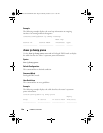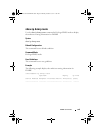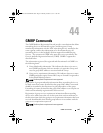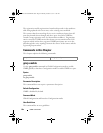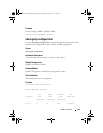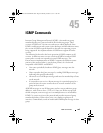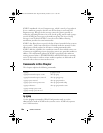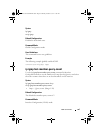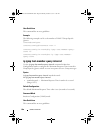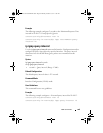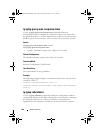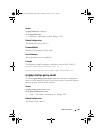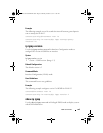
926 IGMP Commands
IGMPv2 introduced a Leave Group message, which is sent by a host when it
leaves a multicast group for which it was the last host to send an IGMP
Report message. Receipt of this message causes the Querier possibly to
reduce the remaining lifetime of its state for the group, and to send a group-
specific IGMP Query message to the multicast group.The Leave Group
message is not used with IGMPv3, since the source address filtering
mechanism provides the same functionality.
IGMPv3 also allows hosts to specify the list of hosts from which they want to
receive traffic. Traffic from other hosts is blocked inside the network. It also
allows hosts to block packets for all sources sending unwanted traffic.
IGMPv3 adds the capability for a multicast router to learn which sources are
of interest to neighboring systems for packets sent to any particular multicast
address. This information gathered by IGMP is provided to the multicast
routing protocol (that is, DVMRP, PIM-DM, and PIM-SM) that is currently
active on the router in order to ensure multicast packets are delivered to all
networks where there are interested receivers.
Commands in this Chapter
This chapter explains the following commands:
ip igmp
Use the ip igmp command in Global Configuration mode to set the
administrative mode of IGMP in the system to active. IGMP only operates
over VLAN interfaces.
ip igmp ip igmp version
ip igmp last-member-query-count show ip igmp
ip igmp last-member-query-interval show ip igmp groups
ip igmp query-interval show ip igmp interface
ip igmp query-max-response-time show ip igmp membership
ip igmp robustness show ip igmp interface stats
ip igmp startup-query-count –
ip igmp startup-query-interval –
2CSPC4.XCT-SWUM2XX1.book Page 926 Monday, October 3, 2011 11:05 AM



